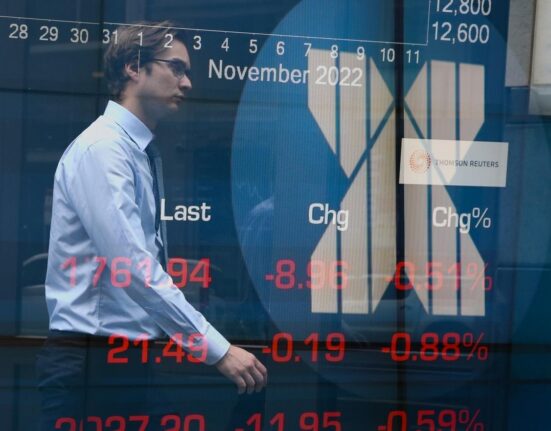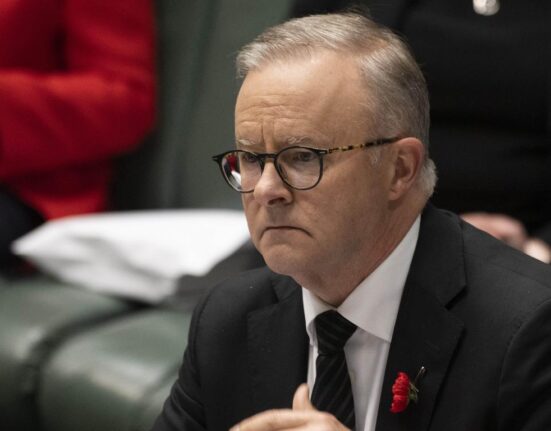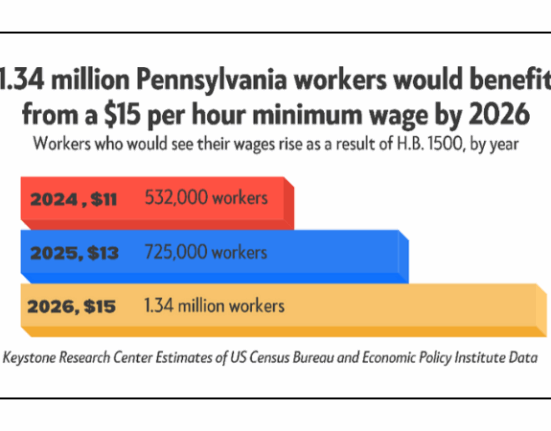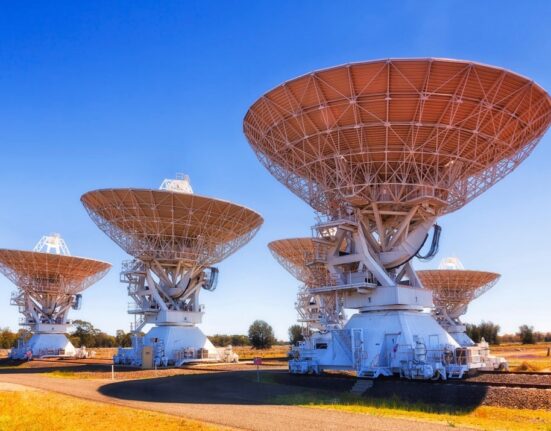When Australians re-elected Anthony Albanese as prime minister, they unwittingly chose a different path for their country’s energy future. The decision marked a clear shift towards renewable energy and away from state-owned nuclear reactors, which had been on the government’s agenda. This turning point was more than just a political outcome; it signified a monumental change in Australia’s approach to cutting emissions while maintaining a stable electricity supply.
In the wake of the election, industry insiders expressed relief at the shelving of the nuclear option. An executive from one of Australia’s major power suppliers anonymously stated,
“The nuclear conversation is dead and buried for the foreseeable future.”
Despite some ongoing advocacy for nuclear power, the consensus now leans heavily towards renewables taking center stage in Australia’s energy landscape.
As coal-fired power stations gradually reach the end of their life spans, there has been a noticeable surge in investments in renewable energy sources like solar, wind, and hydroelectric power. Companies such as AGL, Origin Energy, and EnergyAustralia are leading the charge by funneling billions into expanding their renewable energy portfolios. This shift signifies not just an environmental pivot but also a significant economic realignment within the energy sector.
Peter Dutton’s vision for seven taxpayer-funded nuclear-powered generators faced strong opposition before his electoral defeat. His plan to backtrack on emission reduction commitments and extend coal-fired plants’ lifespans was seen as regressive by many stakeholders invested in cleaner energy solutions. The subsequent landslide victory for Albanese solidified Australia’s commitment to ramp up renewable energy capacity significantly by 2030.
According to Leonard Quong from BloombergNEF, this decisive election outcome cements Australia’s trajectory towards a grid predominantly powered by renewables. The government’s strategy involves accelerating investments in renewables and storage infrastructure to meet ambitious targets set out by the Australian Energy Market Operator. As existing coal plants phase out, new wind and solar farms are poised to play a pivotal role in meeting growing electricity demands sustainably.
Andrew Richards of the Energy Users Association of Australia highlighted how these bold renewable energy targets are reshaping not just Australia’s electricity market but its entire energy landscape. He remarked that by 2030, there may no longer be a distinct
“renewable energy industry”
– instead, all aspects of energy generation could seamlessly integrate renewables into their core operations.
While nuclear power remains off the table for now due to long lead times and public sentiment against it, industry leaders like Mark Collette suggest keeping an open mind about its potential contribution in decades ahead when current renewable assets near retirement age.
Looking ahead into mid-century challenges including rising demand driven by electrification trends like electric vehicles and data centers highlight uncertainties around whether renewables alone can fill potential supply gaps left behind by retiring coal plants. Matt Rennie from Rennie Advisory posed crucial questions about balancing future demand with sustainable supply options beyond 2050.
Despite these long-term considerations around future technologies like nuclear power or challenges related to infrastructure development costs or community buy-in concerns expert Shannon Hyde emphasized that policy predictability will be key to encouraging ongoing investment in large-scale renewable projects designed to wean off coal dependence efficiently.
Kane Thornton reflected on past debates surrounding nuclear power as distractions from urgent matters at hand regarding decarbonization efforts over recent years stating that focusing on practical steps toward cleaner energy transitions should take precedence moving forward rather than revisiting contentious discussions around nuclear options constantly plaguing national discourse on evolving clean energies legislation.









Leave feedback about this